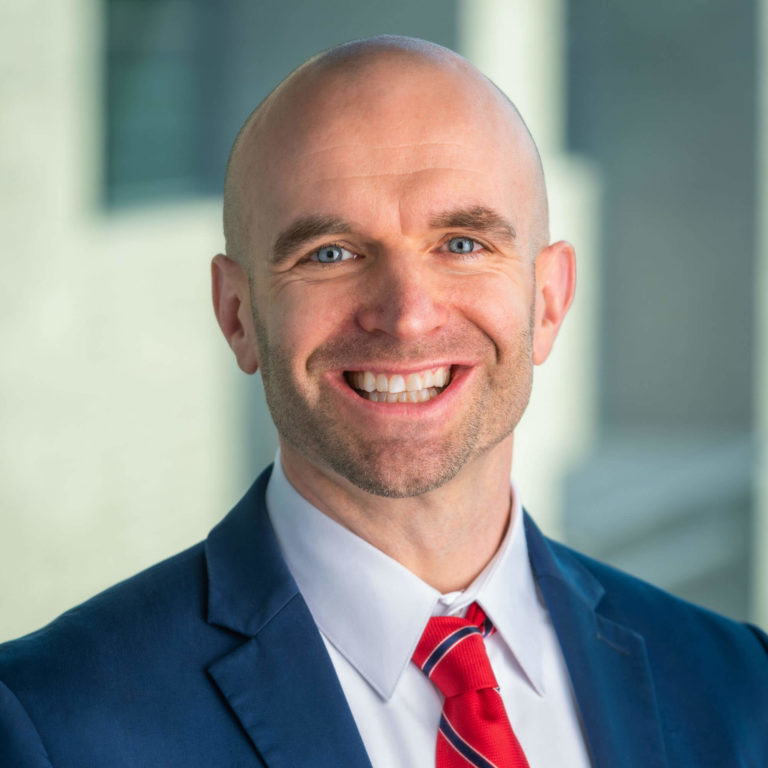Hosted By

Chief Executive Officer Cheeky Scientist

Isaiah is not stepping around the truth. For PhDs who want an industry job, you should know…
If you build your LinkedIn profile wrong, not only are you wasting your own time – you’re hurting your career.
Here’s a quick rundown of this week’s episode…
-First, Isaiah explains what the data tell us about LinkedIn profile success.
-Then, he lets you in on a little secret: how employers use LinkedIn (and what it means for your profile).
-Finally, you will learn how to build out your profile to catch employer attention and get contacted by a recruiter or hiring manager.
From This Week’s Show…
No Profile vs A “Bare-Bones” Profile
Today’s show is critical to listen to if you have a “bare-bones” LinkedIn profile or a bad LinkedIn profile… Or a LinkedIn profile that just has your university and some academic job titles in your headline. If this is the case, go delete your LinkedIn profile. Right now.
I’m not saying this for effect – I’m saying this because I’m about to explain data proving that if you have a bad LinkedIn profile—one that is not up to date, one that’s not complete—you are less likely to get hired than if you have no LinkedIn profile. Now of course, if you have a comprehensive LinkedIn profile, if you filled it out correctly—which I’ll show you how to do during this podcast—you have a much higher chance of getting hired.
So what do these numbers look like? Let’s jump to the study by Statista. Statista does a lot of LinkedIn studies, and what they found was that for entry-level, mid-level, and upper-level jobs, people without a LinkedIn profile were more likely to get hired than those with an incomplete profile.
You don’t have the core sections all the way filled out. You’ve just put in your academic job titles. You haven’t put in bullet points explaining what you’ve done. You haven’t added any quantified results. If your headline just has a university, an academic job title, and barely any other information you’re less likely to get hired than if you have no profile at all. I’m going to tell you the exact statistics here…
What The Data Say About Employers And Your LinkedIn Profile
Unlike your resume, where you have multiple documents to target every individual position or employer, your LinkedIn profile has to appeal to all employers. How quickly do they read it? The average is 7-to-10 seconds, according to eye tracking studies published in peer-reviewed journal articles.
These studies create a readout that looks like a heat map on your LinkedIn profile. Now, if you take thousands of these heat maps from different individuals across these studies and put them on top of each other, you’ll start to see an “F” shape. It has a bar across the top. This is the visual center.
What’s in the visual center? Your headshot, your headline, and the background image. And then that first sentence of your summary. Those are the most crucial parts. LinkedIn’s algorithm favors those parts more than any other part of your LinkedIn profile.
In general, the more sections you fill out, the more it will benefit you in terms of the search results. But 80% of the keyword strength is in that visual center, that horizontal bar of the F shape…
** for the full podcast, check out the audio player above.
To get advanced access to the full length versions of these podcasts, as well as access to our live training webinars, exclusive training videos, case studies, industry insider documents, transition plan, and private online network, get on the waitlist for the Cheeky Scientist Association now.










